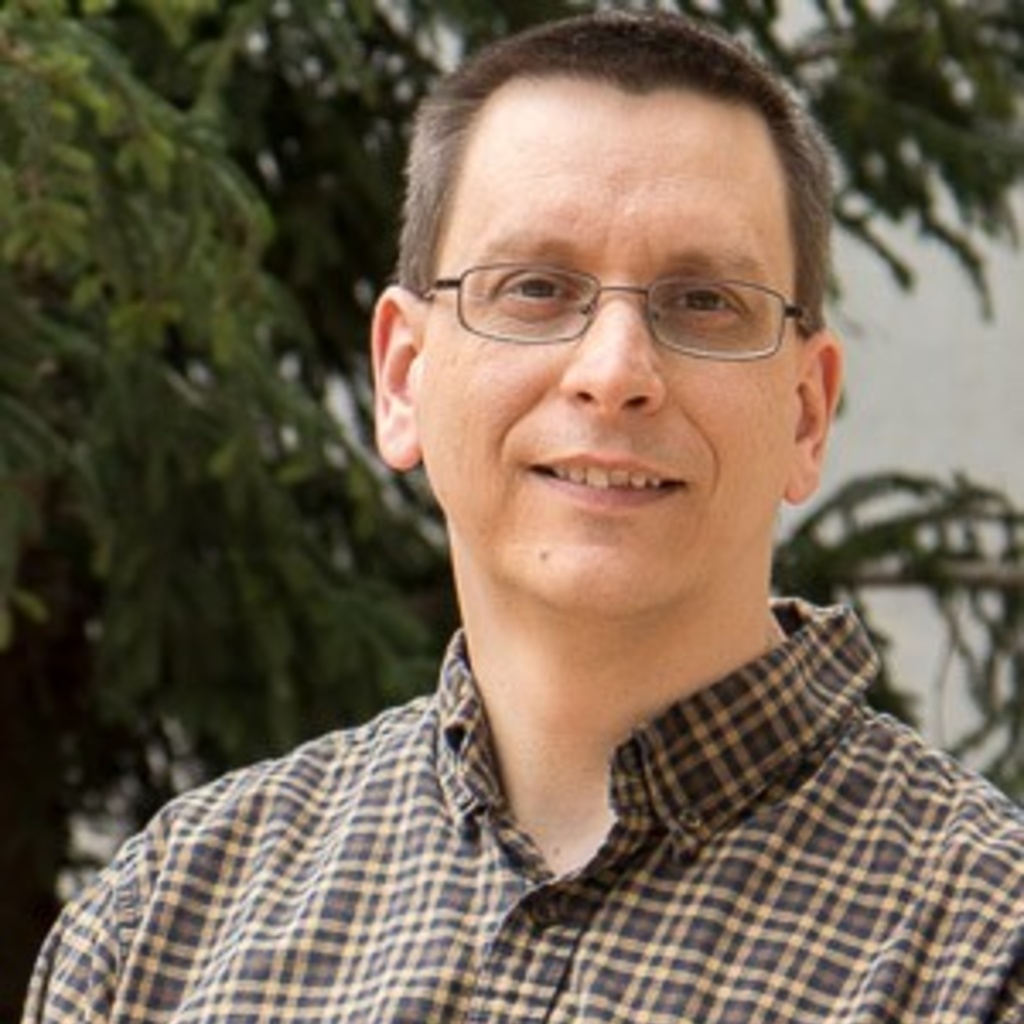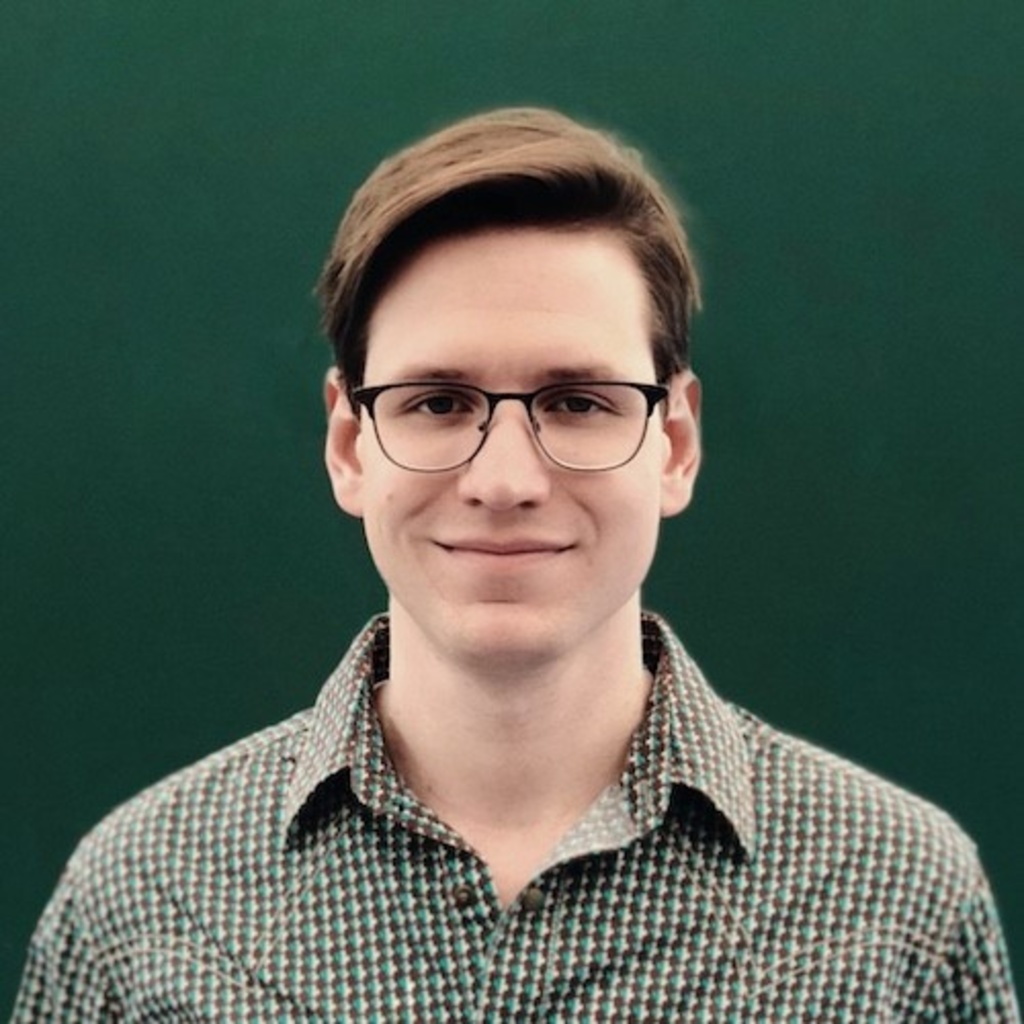
Tim Parnell
Tim was the third graduate student in Dr. Pamela Geyer’s lab working on a thesis investigating Su(Hw) insulators and higher order chromatin structures. He defended in December 2000, but continued in the lab while his spouse, Emily, finished her PhD in the Geyer lab in 2002. They moved to the University of Utah in Salt Lake City in 2004, where Tim joined the lab of HHMI investigator Bradley Cairns at the Huntsman Cancer Institute as a post-doc studying chromatin remodeling in yeast, first through the application of microarrays and then next generation sequencing. This required the development of novel software development and bioinformatics skills. Tim joined the Bioinformatics Shared Resource core facility at HCI in 2013, and became the Associate Director in 2017. Tim resides in Salt Lake City with Emily and their two children, ages 16 and 13.

Tanner Koomar
Tanner Koomar received his PhD from the University of Iowa in 2021 in the lab of Dr. Jacob Michaelson. He specialized in applying machine learning to the genetic etiology of psychiatric and developmental conditions, particularly autism. His work focused on unifying rare and common genetic burden, and also applied systems biology approaches to understanding common traits, particularly language ability in adolescents. This research was built on a foundation of whole genome sequencing and detailed linguistic assessment collected over a decade. He also developed and piloted a computerized rapid language screener which could collect the large sample sizes needed to power common-variant studies.
Tanner is a data scientist at Recursion Pharmaceuticals, which utilizes deep-learning to map the relationships within and between the full human genome and millions of compounds via transcriptomic and phonemic read-outs. He initially performed analytics supporting Recursion’s high throughput screening platform to track and optimize experimental execution and automation. In 2022, he joined a team building tools that enable bench scientists to rapidly plan, execute and analyze experiments to onboard new cell lines and genetic perturbation modalities. His work places an emphasis on large-scale data visualization. This is critical for the high throughput lab, which is capable of screening over a million compounds or genetic perturbations each week.
Keep in Touch!
We want to know what's new with you. Keep us informed of address and job changes, honors, and other professional and personal accomplishments.